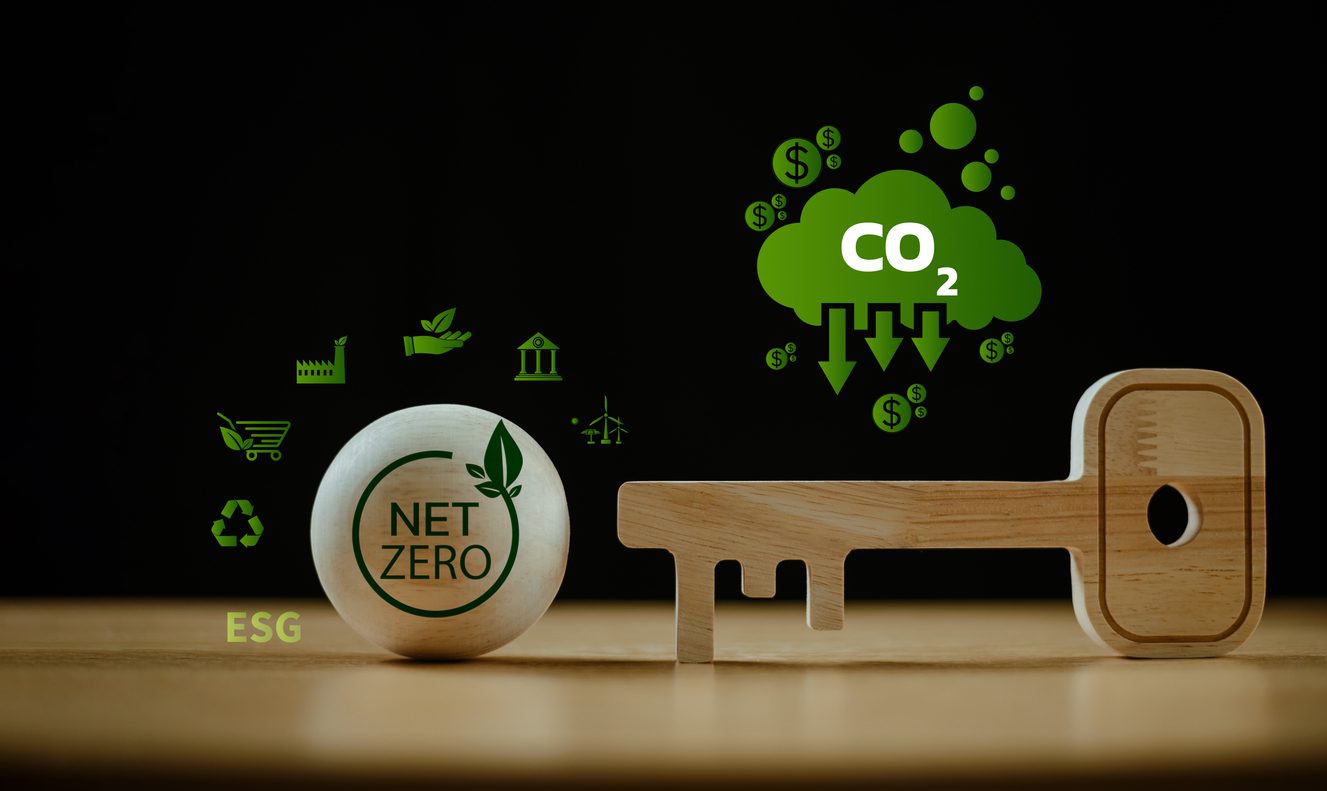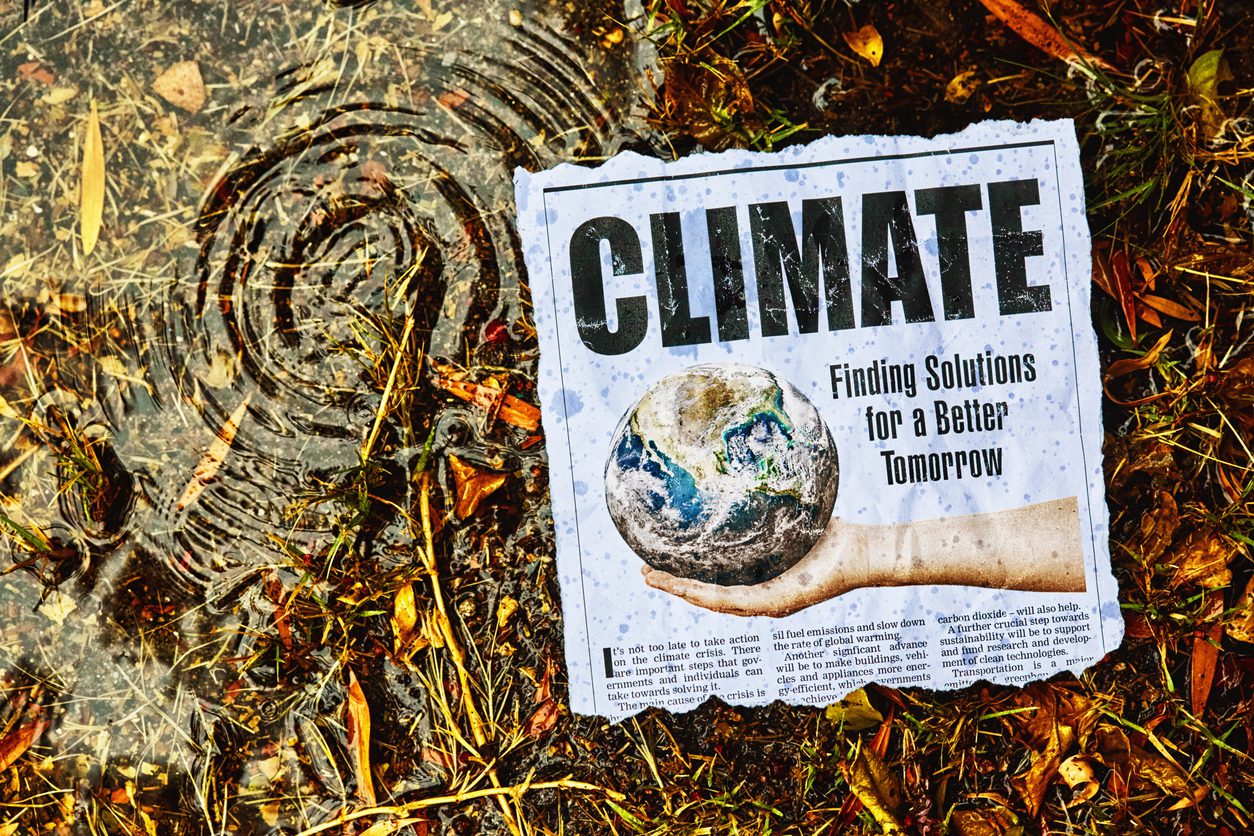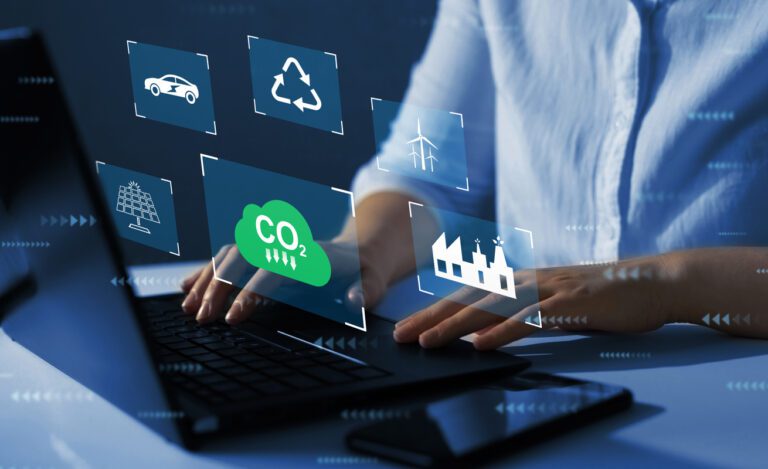Have you ever considered how much of the world’s carbon emissions can be attributed to the digital industry? No? Me either, until Monday afternoon. I settled in with a coffee and joined a video conference titled “Decarbonisation Digital Carbon Literacy Course.”
I received an email earlier this week with some pre-course prep to watch David Attenborough’s “Climate Change—The Facts.” Everyone in the office immediately knew how excited I was to start the course. Anybody who asks me to watch David Attenborough (My Hero) has my buy-in!
Anyway, enough about my lifelong admiration for David Attenborough and his work. The BBC documentary offered insight into what was coming my way. I mentally prepared myself; it can always be daunting to join in the conversation about climate change, but luckily, Sharon was a fantastic advocate!
This course is divided into two sections, each a week apart, which I am glad about because part one presented a lot of information; I usually avoid science and numbers at all costs, but I was fascinated with the data we were given!
Carbon Literacy – Do You Know What It is?
I will be honest: When I joined the call, I wasn’t one hundred per cent sure what it meant. I had done some research, but nowhere near enough to be confident about the topic. Sharon explained everything in depth, and I was quickly put at ease.
Carbon Literacy refers to a project created to start the conversation about how everyday activities can affect carbon emissions, including digital carbon emissions.
Spoiler alert: digital carbon is one of the world’s worst contributors! I know; I was shocked as well. The following quote resonated with me; it is not something I have thought about before, and that is the problem: how often do we think about carbon emissions we can’t see?
“Digital is not green. Digital costs the earth. Every time I download an email, I contribute to global warming. Every time I tweet, do a search, check a webpage, I create pollution.”
Gerry McGovern
When Sharon started exploring the quote above, she highlighted several statistics that shocked me and made me more open to considering how I can make changes myself and how Outrank, as a digital marketing company, can make changes to make our working lives more sustainable.
The statistic that shocked me the most is that if the internet were a country, it would be the fourth largest polluter in the world…
Just let that one sink in!

But Why Do We Need To Become Carbon Literate?
Becoming carbon literate is crucial in the modern world as it empowers individuals and organisations to understand, measure, and reduce their carbon footprints. With the escalating impacts of climate change, carbon literacy enables informed decision-making, fostering sustainable practices that can mitigate environmental damage.
Carbon literacy promotes accountability and transparency, encouraging businesses to adopt greener technologies and more efficient processes. It cultivates a culture of environmental responsibility, inspiring communities to advocate for policies that support a low-carbon economy.
Ultimately, being carbon literate is essential for driving the collective action needed to address the climate crisis and ensure a sustainable future.
Here at Outrank, we are looking at all the ways we can help become more sustainable. The first step was for me to take the decarbonisation course to understand the implications of working in the digital marketing industry! Trust me, it has been an eye-opener already!
Weather And Climate – They Are The Same, Right?
This might seem like a daft question, but there was a deafening silence when we were asked in the meeting what the difference between the weather and climate is. We all seemed to look at each other as if to question whether it was a trick question.
There are differences.
Weather
- Short-term state of the atmosphere
- It can change within minutes or hours
Climate
- Long-term pattern of weather
- Average weather over many years in one specific place.
Why does this matter? Let’s be honest: Over the last few years, we have seen wetter winters rather than cold and summers with higher temperatures! This proves that climate change is happening right now, and we are starting to see its effects!
Now for the scary bit: we moved into how the digital industry directly affects global warming and carbon emissions. Trust me, it left me feeling uneasy!

Why Do We Need To Think Of Digital Net Zero?
Digital technology, though largely invisible, is a significant polluter. Because it’s unseen, its environmental impact often goes unnoticed and unacknowledged. For instance, in 2022 alone, the internet in the UK consumed a staggering 416.2 terawatt-hours of electricity. To put this into perspective, one terawatt is equivalent to a billion watts—imagine the energy required to power billions of standard 80-watt lightbulbs.
Now, these numbers and statistics don’t mean anything to me other than they are enormous; it is almost like trying to wrap my head around space.
This consumption is just within the UK; it doesn’t even consider the global scale. One of the most significant contributors on the internet and within the digital market is “invisible” or “dark data.” We all have data stored that we don’t use, whether it is old social media templates or old lead data; all of it causes a bigger carbon footprint, and for what reason?
Can We Decarbonise Digitial?
Now, this is the question we all wanted to know the answer to; after a few hours of looking at the figures and statistics, we only wanted to know if we can reverse the digital marketing industry’s impact on global warming and carbon emissions.
Luckily, the answer is yes!
However, there isn’t an exact science to it; we must be more mindful that whenever we leave a computer running overnight or don’t switch off the sockets in the office, we add more to the problem.
In the digital marketing industry, we all use servers, hosting platforms, and websites such as WordPress that use multiple plugins, all created by an external source, contributing to carbon emissions!
Measuring digital emissions falls under scope three, encompassing supply chains and third-party products. To effectively manage these emissions, it is essential to implement processes that avoid suppliers with significant carbon footprints.
By carefully selecting and managing suppliers, Outrank can significantly reduce our digital team’s emissions and promote sustainability throughout our supply chains; I intend to work on this in the coming months!
This proactive approach ensures that all parts of the supply chain contribute to the organisation’s environmental goals. If you want to learn more about how we intend to promote greener energy within the digital marketing industry, speak to our team today!

